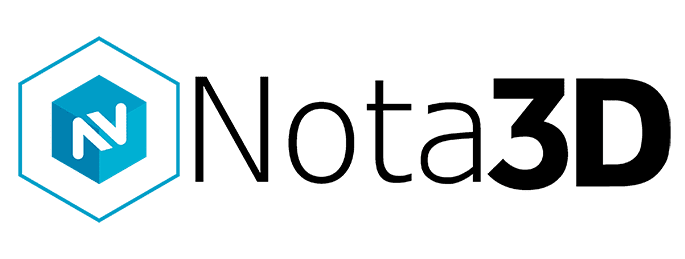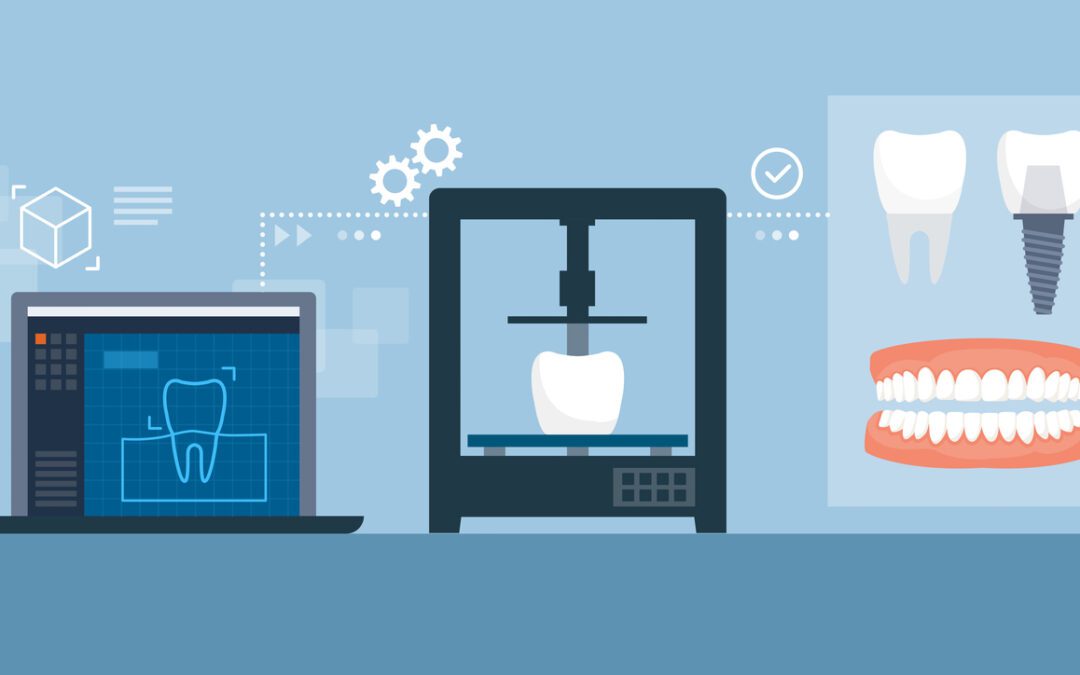Mastering Dental Innovation With 3D Printing
In the dental industry, the progression towards fully digitized solutions has been significant. The art of dental design now frequently intersects with the innovation of 3D printing, where choosing the right software is as critical as the printer itself. Nota3D, with its dedication to the cutting-edge evolution of 3D printing, presents a selection of advanced software tailored for the dental industry. In this blog post, we delve into the intricacies of selecting the ideal 3D printing software for dental design, ensuring that dental professionals can seamlessly transform digital impressions into tangible realities.
Understanding Dental 3D Printing Software Essentials
Understanding dental 3D printing software essentials is paramount in ensuring the success of dental design and fabrication processes. Unlike many other industries, dental applications demand a high level of precision, customization, and efficiency to meet the unique anatomical requirements of each patient. Let’s take a closer look.
- High-resolution detailing: Dental structures are intricate and require software capable of capturing even the smallest details with high precision. This includes features such as accurate representation of tooth morphology, gingival contours, and occlusal surfaces. High-resolution detailing ensures that the final dental prosthetics or devices are faithful to the patient’s anatomy, leading to better fit and function.
- Compatibility with dental scanners and printers: Dental practices often utilize a variety of scanners and printers for different purposes such as intraoral scanning, CBCT (cone beam computed tomography), and 3D printing of models, crowns, bridges, and other dental prosthetics. The software must be compatible with a range of hardware devices to streamline the workflow and ensure seamless data transfer between them.
- Intuitive design: Dentists and dental technicians may not always have extensive training in CAD (computer-aided design) software. Therefore, the chosen software should have an intuitive interface that is easy to navigate and understand. A fast learning curve is essential for efficient adoption of the software into daily practice, minimizing the time spent on training and maximizing productivity.
- Regulatory compliance: The production of dental devices must adhere to strict regulatory standards to ensure patient safety and efficacy. Dental 3D printing software should comply with relevant regulations such as FDA (Food and Drug Administration) guidelines in the United States or CE (Conformité Européenne) marking requirements in the European Union. Compliance ensures that the fabricated dental devices meet quality standards and are suitable for clinical use.
Overall, the precision offered by dental 3D printing software is not merely a luxury but a necessity in delivering patient-specific solutions that fit accurately and function effectively. By incorporating these essential features into their workflow, dental professionals can enhance treatment outcomes, improve patient satisfaction, and optimize practice efficiency.
Finding Your Match: Key Considerations for Dental Design
When venturing into the expansive world of 3D dental software, it’s paramount to consider several factors, each contributing to the operational flow of dental practices. Nota3D highlights the following essential considerations:
- Software Compatibility:
- Dental practices invest in various hardware components such as scanners, printers, and milling machines. It’s crucial that the chosen 3D printing software is compatible with these existing hardware setups. This compatibility ensures seamless data transfer and communication between different devices, reducing the risk of errors and streamlining the overall workflow.
- Additionally, as technology evolves, dental practices may upgrade their hardware to take advantage of newer features or improved performance. The software should be adaptable to these future tech upgrades, allowing practices to integrate new equipment without significant disruptions to their operations.
- Material Versatility:
- Dental applications often require different materials depending on the specific use case, such as biocompatible resins for surgical guides, or high-strength materials for crowns and bridges. A 3D printing software with the ability to work across various printing materials offers flexibility to cater to diverse dental needs.
- Material versatility also allows dental practices to explore new applications and expand their service offerings, enhancing their competitiveness in the market.
- User Support and Training:
- Despite advancements in software usability, adequate user support is essential to address any technical issues or questions that arise during operation. Prompt and reliable support services can drastically reduce downtime, ensuring that the dental practice remains productive and efficient.
- Comprehensive training programs provided by the software vendor empower dental professionals to maximize the capabilities of the software. Proper training facilitates smoother operations by equipping users with the necessary skills and knowledge to navigate the software effectively, troubleshoot common issues, and optimize workflows.
- Integration with Dental Workflows:
- Dental practices operate within established workflows that encompass various stages, including patient consultation, treatment planning, fabrication, and delivery of dental prosthetics. The 3D printing software should seamlessly integrate into these workflows, enhancing efficiency without disrupting established processes.
- Integration with existing dental software systems, such as practice management software or digital imaging software, enables smooth data exchange and interoperability. This ensures continuity of patient care and avoids duplication of effort by eliminating the need for manual data entry or file conversion.
By considering these factors and selecting a 3D dental printing software that addresses the specific needs of their practice, dental professionals can optimize their operational flow, improve productivity, and deliver high-quality patient care.
Top 3D Printing Software for Dental Design
Decisions in software matter. Nota3D recommends some of the industry-leading software tailored for dental applications:
- Geomagic: Offers unparalleled sculptural precision, ideal for crafting detailed dental appliances.
- exocad: Known for its vast library of prosthetic designs and compatibility with various printers, making it a favorite among dental technicians.
Selecting software is a partnership that shapes the patient experience just as much as it does the dental product.
Forging Ahead with Nota3D Expertise
In an industry where innovation and precision walk hand-in-hand, Nota3D stands ready to guide dental professionals. Whether you are looking to lease, buy, or repair 3D printers, or you’re in need of specialized printing solutions for the dental sector, Nota3D’s comprehensive expertise facilitates the process. Our selection of software ensures you are equipped to meet the needs of today’s dental industry, pioneering advances that define the realm of oral health.
For personalized guidance in selecting your dental design 3D printing software, or to explore Nota3D’s expansive offerings, contact our team of experts today. We are committed to helping you master dental innovation with the tools that bring design to life.

